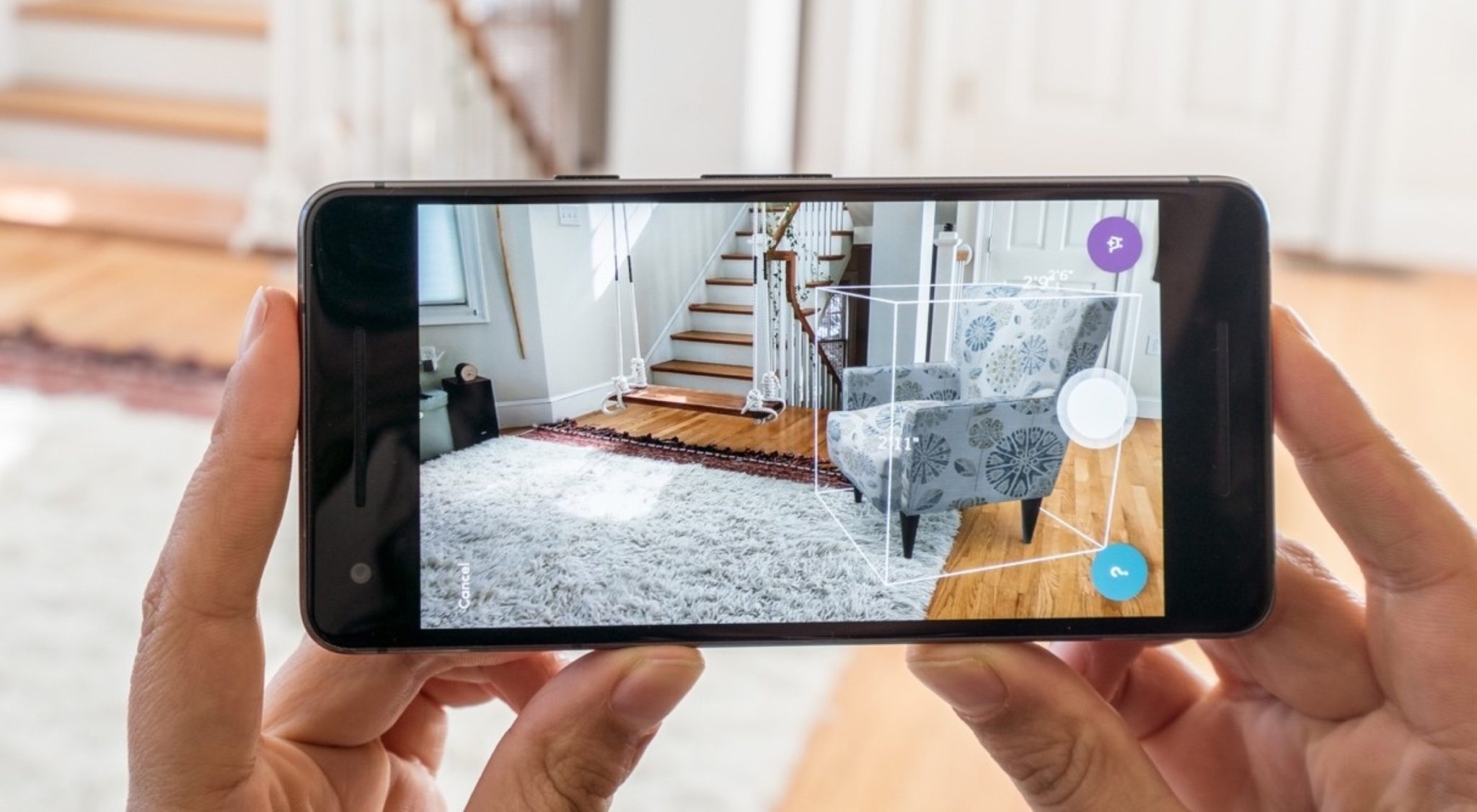Insights-driven AR helps brands personalize buyer journeys by displaying relevant augmented reality content based on past consumer interactions. Businesses can implement it to improve their customer experience, boost sales, and stand out from their competitors.
Key takeaways:
- Insights-driven AR understands customer intent from past interactions and projects relevant 3D content to them
- Companies can integrate AR projections into buyer journeys and collect data from AR app interactions, motion tracking, user profiles, and even payment information
- With insights-driven AR, brands can improve customer engagement, drive sales and stay ahead of the competition

What is insights-driven AR?
Insights-driven augmented reality (AR) uses customer interactions to project relevant digital content to customers on their devices while shopping. Buyers can interact with such digital content for an immersive yet personalized experience.
Reports suggest that 49% of customers would repeat purchases with brands that offered personalized experiences, and 42% would even pay more for products they could experience in an immersive manner.
It´s safe to say then that companies will increasingly use insights-driven AR to increase consumer engagement and create interactive campaigns. And businesses looking for the early adopter advantage have already entered the AR arena.
How does insights-driven AR work?
Insights-driven AR recognizes behavior like hovering over a product image or clicking on a banner advertisement as ‘customer interest’. Next, it uses algorithms to retrieve relevant content, such as the 3D projection of the product from a database. Finally, it projects the AR object onto the observer's output device for them to interact with.
For instance, retailers can enhance buyers' shopping experience with insights-driven AR. For example, if a customer chooses a dress while shopping, the tech can suggest the right pair of shoes to go with it by projecting a 3D model of the item in a virtual shopping environment.
Note that the tech shows an AR projection of shoes based on the customer's intent to buy a particular garment. Since customers can try on the shoes virtually with their outfits in real-time, they are more likely to buy them if they like them. After all, virtual try-ons are known to help consumers make confident purchase decisions. A study even suggests that AR tech helps reduce product returns by 25%.
What type of data insights can business get through AR?
Businesses collect data from AR app interactions, motion tracking, user profiles, and payment information. These can be combined with customer website behavior like hover time and idle time on the page to generate novel insights.
For instance, if a prospect spends a lot of idle time on a product page before hovering over the 3D model, it can indicate their interest in making a particular purchase. Such insights help brands win more consumers than traditional customer behavior-driven marketing efforts. The key is generating appropriate insights from interactions and using relevant tools to build the 3D projections.

What tools can be used?
Businesses can use AR tools to create and integrate 3D objects into buyer journeys. They can also outsource such 3D content creation to companies like Enhance XR.
Enhance helps businesses create 3D content and integrate them into their workflows using WebAR technology. Moreover, the company takes care of all these processes end-to-end.
It also provides customer interaction and AR insights to them. With this information, companies can make data-based decisions to improve their business processes. This, in turn, helps drive sales, increase customer engagement
How companies can benefit from insights-driven AR
- Improve the customer experience: 88% of buyers, according to a Salesforce survey, believe that the customer experience a company provides is as important as the quality of its services. 54% even agree that their satisfaction increases after a personalized experience.
Insights-driven AR can help brands display appropriate 3D virtual objects based on past interactions. This personalizes their buyer journey, and paves the way towards a superior customer experience.
- Drive sales: Research from McKinsey has shown that personalization efforts can lift sales by 10-15%. Insights-driven AR can help with this – brands can suggest relevant products and prompt customers to interact with them. This reduces the friction involved in trying on new products, and increases buyer confidence. For perspective, studies have shown that 80% of AR shoppers feel confident in their purchase decisions using AR.
- Keeps you ahead of competitors: The global AR market will reach 250 billion USD by 2028. This means many brands will adopt the tech into their buyer journeys in the coming years. Implementing insights-driven AR tech now can not just make customer experiences more engaging, but it can help you stand out from your competitors with a novel and immersive buying experience.






